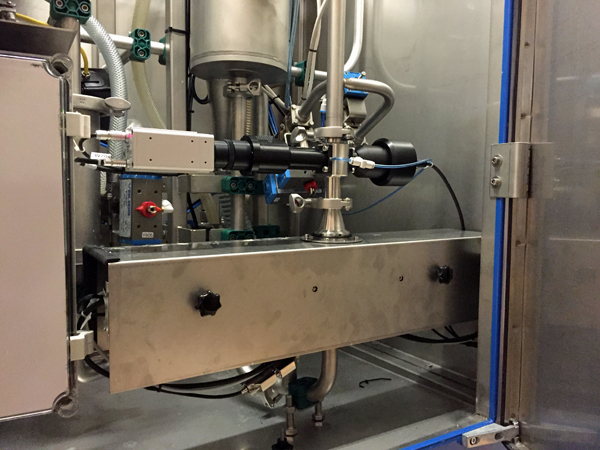PulpEye Introduces Vessel Online Measurement Module
![]() Print this Article | Send to Colleague
Print this Article | Send to Colleague
Based on the patented technology to measure fiber wall thickness, PulpEye, ÷rnsköldsvik, Sweden,has introduced PulpEye Vessel, a module to measure the quantity and size of vessel elements in hardwood pulps. The module uses circularized polarized light so that the images of fibers and vessel cells can be clearly distinguished from the background and hence easier to spot.
Vessel cells exist in hardwood pulp. These cells are often relatively intact in the pulp process and can have a negative impact on pulp quality. They can reduce print quality by acting like flakes or not take ink the same way as the surrounding fibers. Dust problems can also occur due to vessel elements coming loose during printing.

"Measuring the quantity and size of vessel elements in pulp is of interest for pulp manufacturers to classify pulp," said ÷jvindSundvall, managing director of PulpEye. "We got a very positive response from producers of hardwood pulps when discussing this new way of measuring vessel cells in a fiber suspension, so the market for our technology is obviously there."
"Our technology is also of interest for papermakers using pulps with big vessel cells or deinked pulp containing vessel cells from hardwood. Online measurement can early in the process detect variations and by acting on the results presented by PulpEye Vessel, costly rejections can be avoided."
PulpEye mixes and circulates the sample through the flow cell where the camera captures images of the pulp. By using circularized polarized light, the images of fibers and vessel cells can be clearly distinguished from the background. With normal light, vessel cells are almost transparent and much more difficult to detect and capture in an image.
Images are captured at a very high resolution. The size of vessel cells are typically more than 100 microns across and for some species, such as eucalyptus, the vessel cells are even bigger. The resulting images are analysed using a series of image processing steps.
"The analysis results, expressed as, e.g. number of vessel cells per a certain amount of pulp, are presented as a separate report in PulpEye. Alarm limits beyond which actions must be taken can therefore be set. Needless to say, the accuracy of PulpEye Vessel compared with manual checking on sheets of pulp is far better and the unit delivers results in real time," Sundvall concluded.
For more information, contact by email, or call +46 70 618 63 02.


